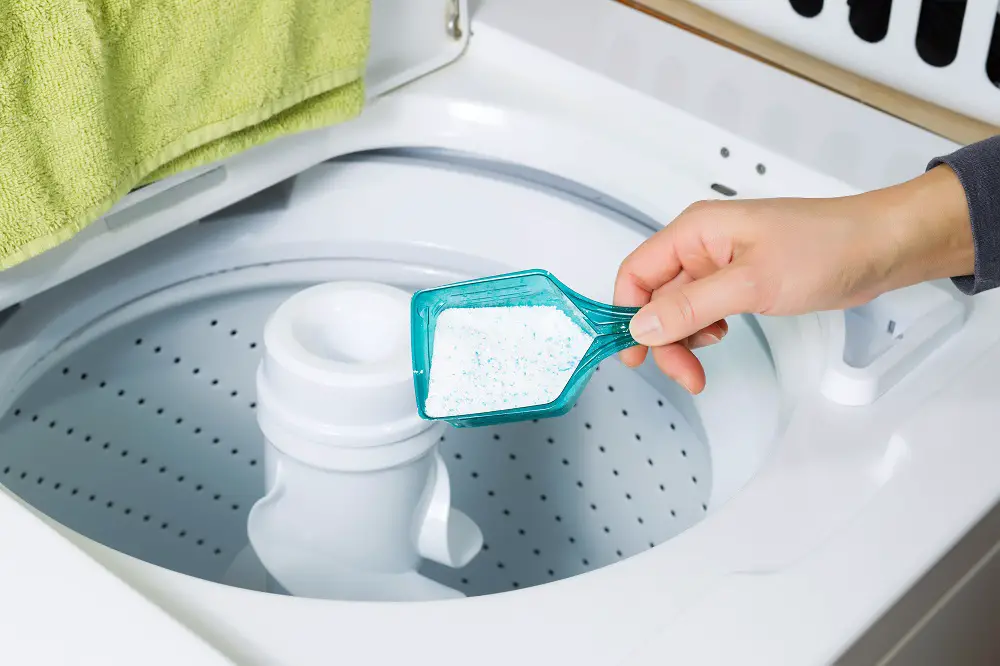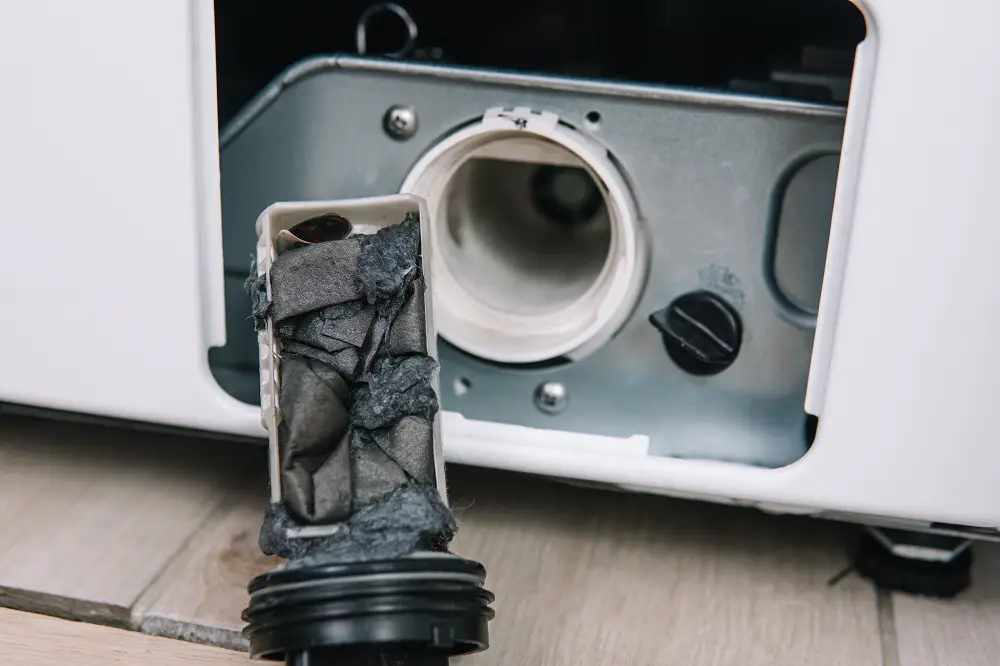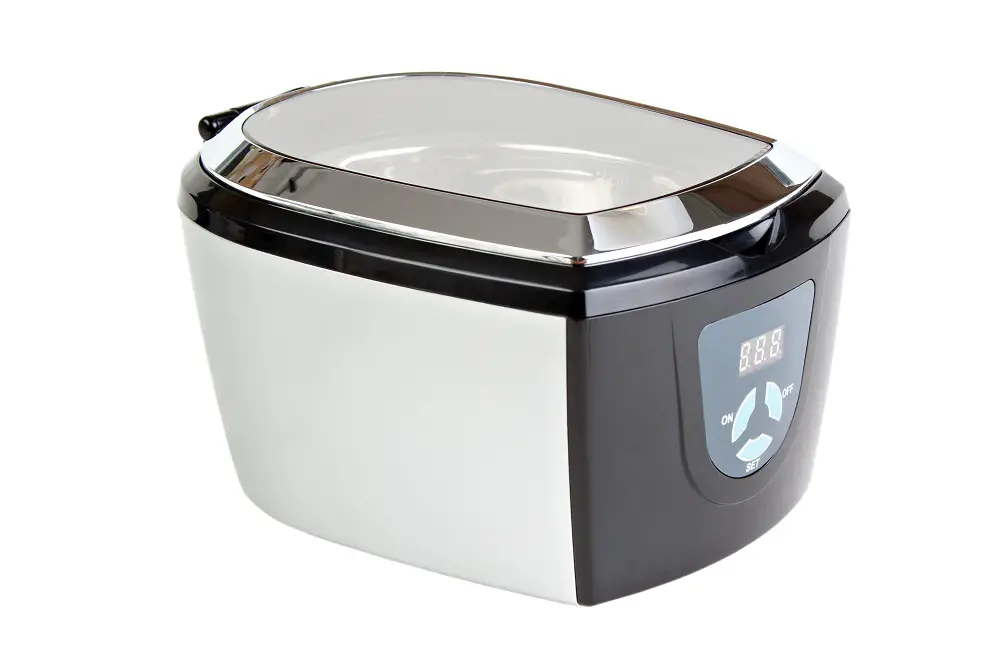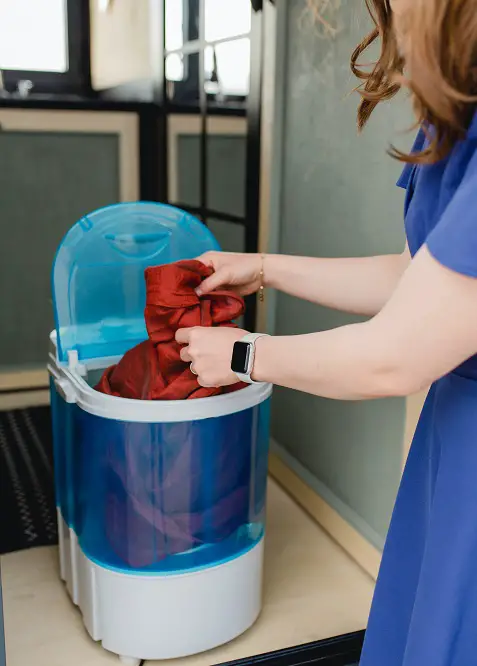The convenience of a portable washing machine stems mainly from it not requiring permanent hookups like a full-sized machine.
However, most portable washers use an inlet hose for water intake and a drain hose to expel the dirty water. These must be attached for every use and removed before storing the machine away.
While it is best to use a portable clothes washer with the hose connections (for ones that have them), using one without the hose attached is possible but not recommended.
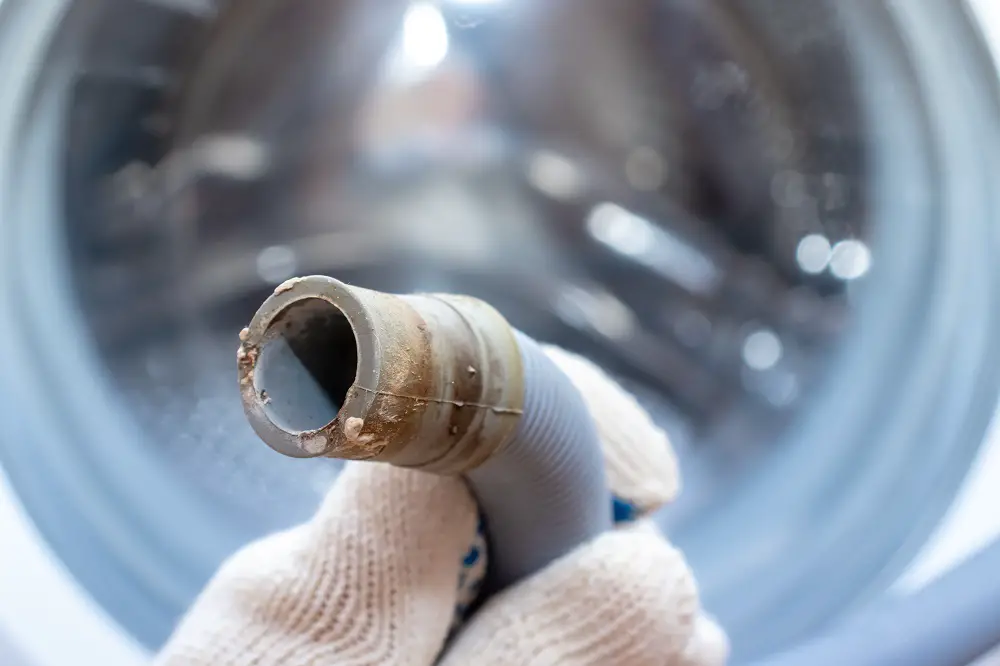
Table of Contents
Portable Washer Hookups
Many portable washing machines are available that use different ways to fill and drain water. The variants include fully automatic, semi-automatic, and manual.
Some have hookups for filling water, while some need to be filled manually. As for dirty water draining, there are portable washers with a drain hose, and there are those that need to be drained manually.
You should also read our article about Portable Washing Machines and their possibility to use regular hook-ups.
Water Hose and Water Outlet Hose
Like a standard washing machine, most portable washers use a water inlet hose attached to a sink faucet (temporary hookup). The machine fills the water twice – once for the wash cycle and then for the rinse cycle.
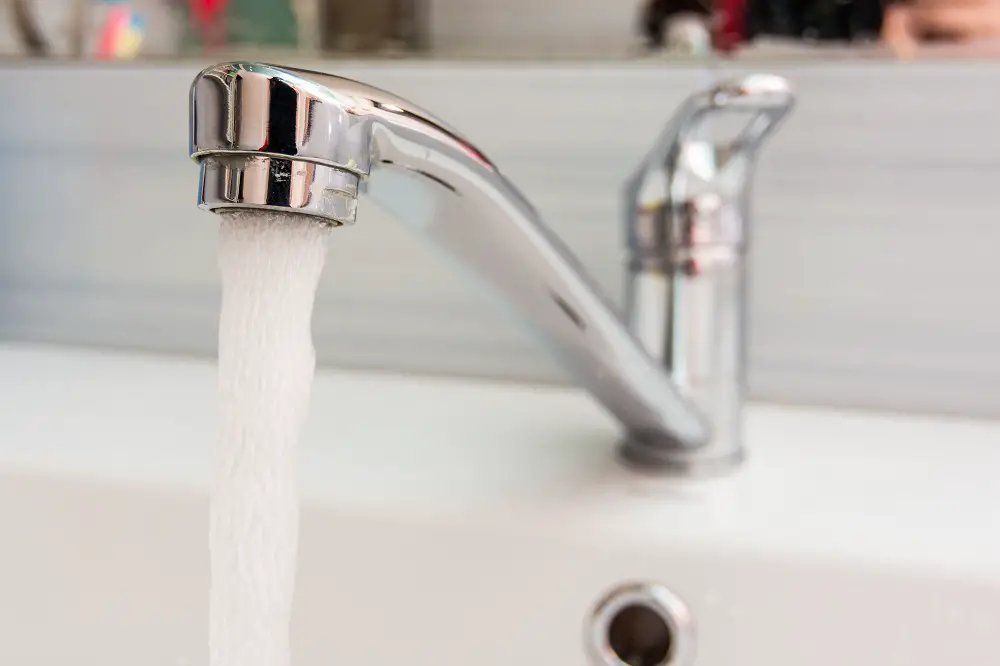
The water temperature is also adjusted to suit the wash cycle for machines with an internal water heater.
(We do have a great article about the best faucets for Portable Washers – making the installation a piece of cake)
A water outlet or drain hose expels the dirty water after the wash and rinse cycles. The excess moisture removed from the clothes during the spin cycle also gets discharged through the drain hose.
A fully automatic washer comes with a water inlet and outlet hose for a convenient semi-permanent setup to existing plumbing. This makes a portable washing machine worth getting for those living in a small apartment.
Manual Fill and Water Outlet Hose
Most semi-automatic portable washers are ones that require you to fill water manually.
Typically, it’s a top-loading washing machine. You must load the semi-automatic washer with your laundry and then add detergent and water manually for the wash cycle.
Once the water has drained, you must re-add water for the rinse cycle. Some semi-automatic machines come with two tubs – one for washing and rinsing and the other for spinning.
Some mini portable washers also require manually filling water but have a drain pipe to drain the dirty water.
Manually Fill and Drain Valve
Some small-load capacity portable washers require manually filling water into the washer. Once the washing is complete, you’ll have to manually drain the water from a drain valve at the top or bottom of the machine.
Refer to the instruction manual for such washers to learn how to drain dirty water.
There are manual portable washers that don’t consume electricity and have a hand lever or foot pedal to complete the washing process manually.
(Interested in their electricity consumption? Check the real numbers of the portable washers’ electricity usage.)
These portable washers stand on the counter or can be placed on the floor, as per convenience.
Such washers also require water to be filled manually, and water can be drained either from the top or through a valve at the bottom into a bucket, tub, or sink.
Can I Use a Hosed Washer Without the Hose?
While a portable front-loading washing machine cannot be used without the hose a portable top-load washer doesn’t require a permanently connected water inlet.
Yet, for the ones that have the provision for water inlet and drain, it is recommended to use these with the connections than without for efficient washing.
Then, there are high-efficiency portable washers that automatically determine the amount of water required depending on the wash load. Such washers require pressurized water for the fill function of wash and rinse cycles. If you attempt to operate such a washer without pressurized water, the appliance will display an error code and stop mid-cycle.
Regarding the drain hose, if your portable washer comes with one, it would be best to use it with the hose securely placed where you would like to drain the dirty water. If used without the drain hose, water can flood the floor, creating a mess.
Portable Washers Without A Hose
Here are some long-lasting portable washers that need to be manually filled and drained but can wash your laundry efficiently.
Foldable Mini Portable Washer
This mini portable washing machine, designed for small and delicate laundry items, helps save electricity and water.

You’ll need to manually fill the water after you’ve placed your laundry into the drain basket. There are two ways to drain the dirty water – from the top hole or bottom pipe.
However, it can’t completely dry the clothes. With water consumption of just 1/20 of a normal washing machine, it also uses super quiet technology for less noise. The options for wash times are 5 minutes or 10 minutes, and the drain time is 6 minutes.
Portable Wonder Washer
This electric portable mini washing machine has a 10-liter capacity and helps do laundry anywhere.

Water must be filled and drained manually in this washer. There are drain holes on the lid of the washer to empty the dirty water.
The machine features a timer that runs for up to 15 minutes and HI/LO program settings for your load requirements. It is ideal for washing delicates and small daily items.
Conclusion
Doing laundry with portable machines is great if you live in a small apartment, RV, or dorm room or are regularly on the move. Not requiring any permanent hookups like a regular machine, portable washer and dryer hookups can be set up for each use.
While the different portable washers come as fully automatic, semi-automatic, and manual, it isn’t recommended to use a hosed portable washer without the hose since these machines are designed for maximum efficiency only with the use of the inlet and drain hoses.
